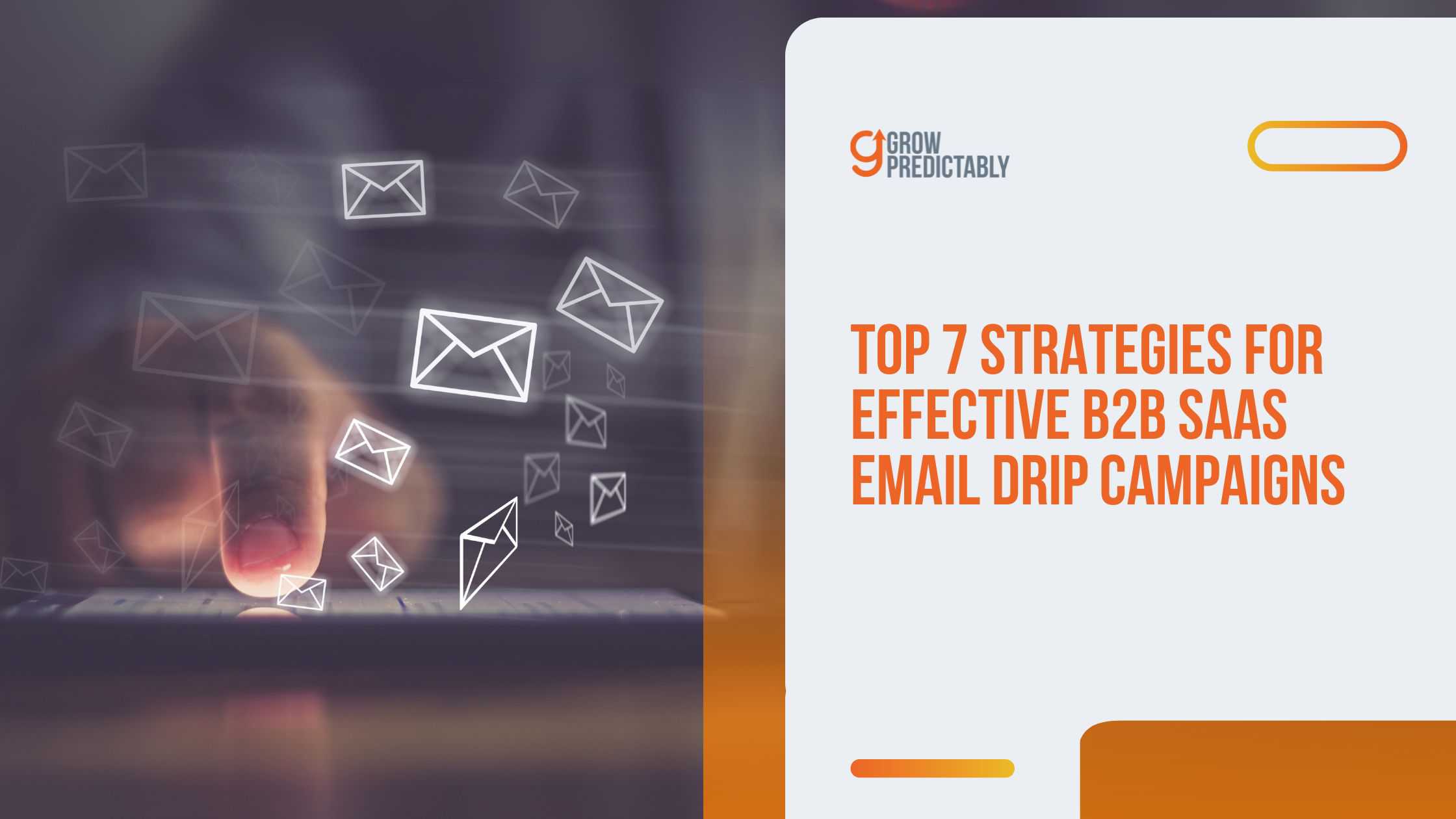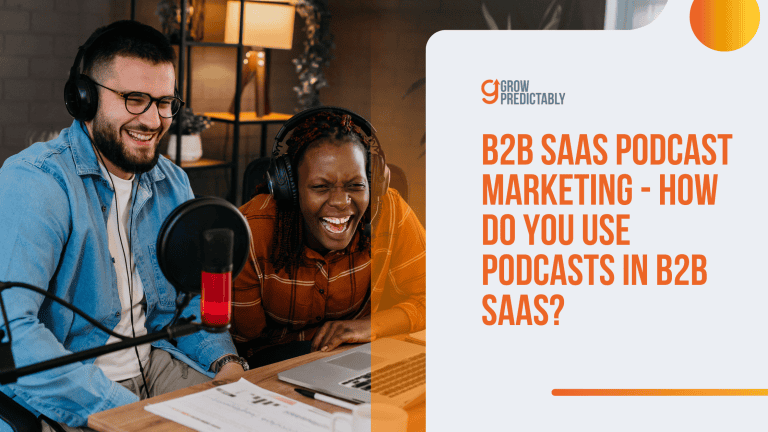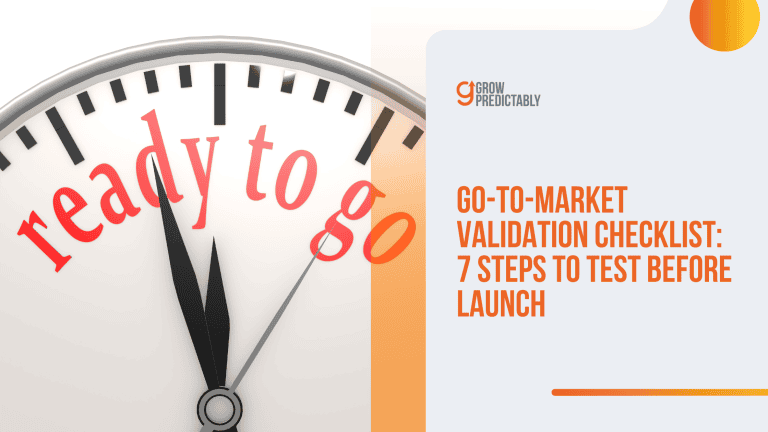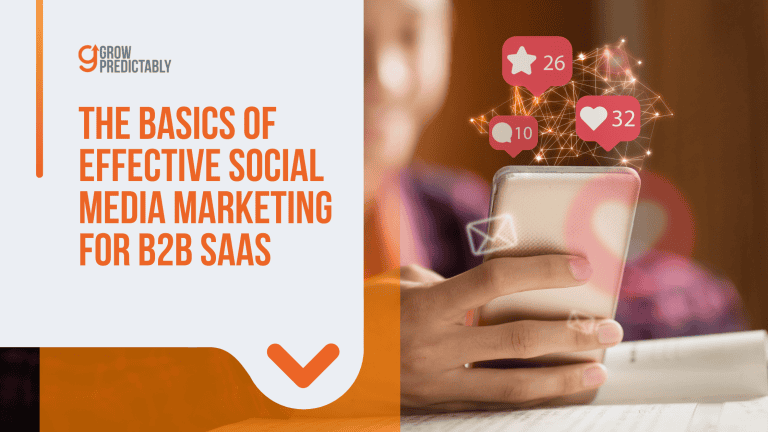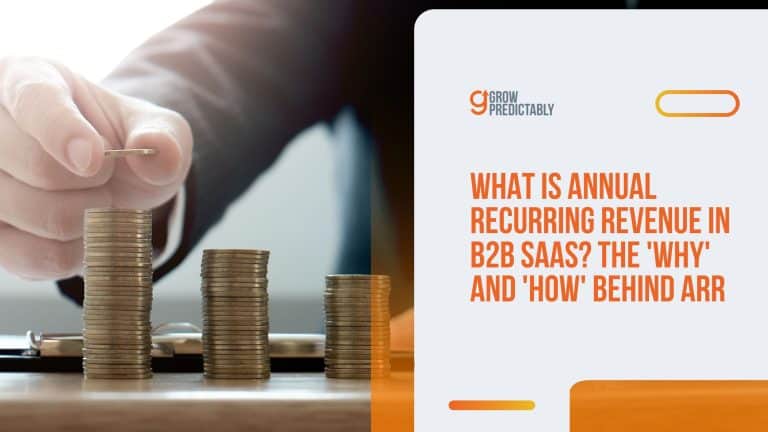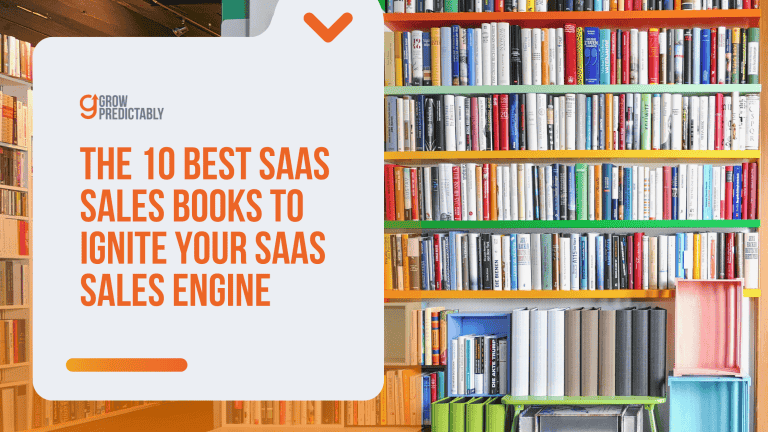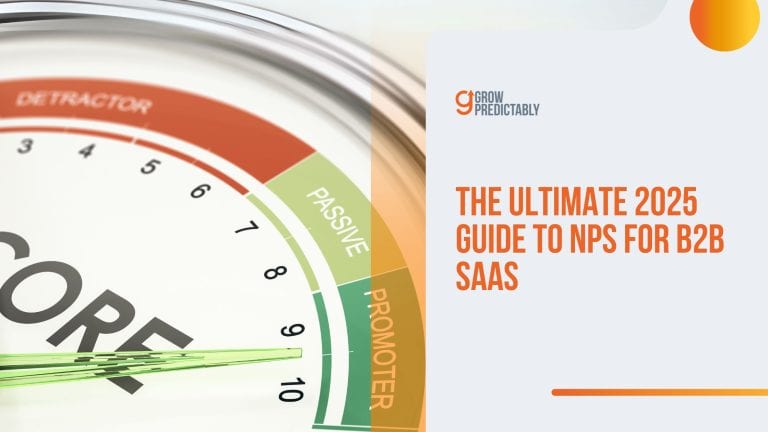Top 7 Strategies for Effective B2B SaaS Email Drip Campaigns
Great B2B SaaS email drip campaigns don’t just sell—they build trust.
But, like most marketers, benefits
you’ve probably sent generic blasts and crossed your fingers for results.
Still stuck with low open rates and 60% trial abandonment?
You’re far from alone.
There’s a method that cuts through the noise and lands you in your prospect’s “must-read” inbox.
What are the secrets behind these game-changing campaigns?
Let’s break it down.
What is a B2B SaaS Email Drip Campaign?
Most SaaS companies waste marketing resources on scattered email blasts.
Smart marketing automation through drip campaigns, including automated email campaigns triggered by user actions, transforms random outreach into systematic revenue generation.
The Mechanics Behind Drip Campaigns
A drip campaign delivers perfectly timed messages that match your prospect’s exact situation.
Create drip email campaigns as a strategic approach to enhance customer engagement and retention over time.
Unlike manual outreach, these sequences run 24/7, capturing every opportunity to advance deals.
Drip campaigns can effectively guide prospects through the sales funnel by delivering the right message at the right time.
Whether you’re onboarding new customers, re-engaging inactive subscribers, or promoting new products, drip campaigns offer a systematic way to achieve your marketing goals and enhance customer engagement.
Core components driving drip email campaign success:
- Behavioral triggers catching prospects at peak interest moments
- Strategic timing matching natural buying cycles
- Personalized content addressing specific pain points
- Performance analytics revealing optimization opportunities
Why Drip Campaigns Matter
Your prospects need multiple touchpoints before making purchasing decisions.
An effective email marketing strategy, including targeted email lists and audience segmentation, can enhance these touchpoints.
Manual outreach can’t scale this engagement effectively.
Drip campaigns solve this by:
- Nurturing leads automatically around the clock
- Maintaining consistent messaging across all stages
- Accelerating deals through timely engagement
- Building relationships systematically at scale
Building Effective Sequences
Success requires more than basic automation.
Your campaigns need:
- Clear revenue goals driving sequence design
- Smart segmentation ensuring message relevance
- Trigger-based timing catching key moments
- Continuous optimization based on performance
Transform your email marketing from scattered outreach into a predictable revenue engine.
Proper drip campaigns systematically move prospects toward conversion while maintaining authentic connections.
The foundation you build here determines your entire campaign’s success.
Types of Drip Campaigns
Every good marketer I’ve met plays the long game and focuses on the lifetime value of the customer.
David Ogilvy
There are several types of drip campaigns that your SaaS company can use to achieve your marketing goals.
Here are a few examples:
Onboarding Campaigns
Onboarding sequences guide new users through product adoption, converting free trials into paying customers.
These campaigns systematically deliver setup guides, feature tutorials, and success metrics.
The goal is to move users from initial activation to regular usage through clear value demonstration.
Retargeting Campaigns
Retargeting sequences re-engage users showing drop-off signals.
These campaigns identify abandonment reasons and address them through targeted content, proof points, and incentives.
Smart retargeting prevents trial abandonment while reactivating dormant accounts.
Post-Demo Campaigns
Post-demo sequences maintain sales momentum after product demonstrations.
These campaigns reinforce key value points, address technical questions, and provide stakeholder resources.
The focus is accelerating the path from demo to closed deal through systematic objection removal.
Nurture Campaigns
Nurture sequences build relationships with early-stage prospects.
These campaigns educate leads about industry challenges and solution approaches before pushing product-specific messaging.
Effective nurturing creates sales-ready leads through value-focused content.
Expansion Campaigns
Expansion sequences drive account growth through systematic upsell and cross-sell.
These campaigns identify upgrade signals and deliver targeted offers based on usage patterns.
The goal is to maximize customer lifetime value through planned expansion.
Benefits of Drip Email Campaigns for B2B SaaS

Email automation isn’t just another marketing tactic – it’s the backbone of modern SaaS growth.
According to Campaign Monitor’s 2023 report, B2B companies generate $36 for every $1 spent on email marketing.
Selecting and utilizing the right drip campaign software is crucial to maximize these benefits.
And while most companies focus on acquisition, the real revenue leverage happens in your nurture sequences.
Drip Campaigns as a 24/7 Sales Team
Your prospects need 8-12 touchpoints before making a purchasing decision.
A well-executed lead nurturing campaign is essential for building customer relationships and guiding prospects through the conversion funnel.
Traditional sales teams can’t scale this level of consistent engagement without burning out.
Drip email campaigns deliver perfectly timed, highly relevant messages that move prospects through your pipeline with mechanical precision.
Here’s what makes them so powerful:
- Behavioral Triggers: Your campaigns adapt in real-time based on how prospects interact with your content, focusing resources on the most engaged leads
- Progressive Profiling: Each email interaction builds a deeper understanding of your prospect’s needs, allowing you to deliver increasingly personalized content
- Automated Qualification: Smart scoring systems continuously evaluate lead behavior, automatically routing high-value prospects to your sales team at the perfect moment
The most sophisticated B2B SaaS companies are using this infrastructure to create true revenue engines.
Microsoft’s enterprise division reported a 47% increase in qualified pipeline after implementing advanced drip sequences that respond to product usage patterns.
The Cost of Not Nurturing Leads
The math here is brutal. MarketingSherpa research shows that 79% of marketing leads never convert into sales.
Engaging with existing customers through tailored drip email campaigns can significantly improve conversion rates and reduce costs.
This isn’t just a conversion problem – it’s a compound interest problem working against you.
Every lead that drops out of your funnel represents months or years of lost recurring revenue.
Modern drip campaigns don’t just prevent this revenue leakage – they accelerate your entire revenue cycle.
Companies implementing strategic email nurture programs see:
- 50% more sales-ready leads at 33% lower cost per lead
- 9% higher average deal sizes due to better-educated prospects
- 23% shorter sales cycles through automated progression
Your email nurture system is the difference between capturing the full lifetime value of each lead and watching potential customers slip through the cracks.
The companies that master this see compounding returns that create insurmountable advantages in their markets.
The Power of Personalization
Personalized messages can resonate deeply with the target audience by addressing their specific needs and pain points, making the communication feel more relatable and tailored, boosting engagement, and encouraging desired actions.
Epsilon’s research shows personalized emails drive 6x higher transaction rates.
But real personalization goes beyond “Hi {First_Name}.”
Leading SaaS companies are leveraging behavioral data to create dynamic content paths:
- Product Usage Triggers: Emails that respond to specific feature interactions, guiding users toward their next valuable action
- Account Maturity Stages: Content that evolves based on the customer’s implementation phase and success metrics
- Role-Based Messaging: Separate nurture tracks for technical users, decision-makers, and end-users that speak their language
Companies implementing advanced personalization see their email engagement rates double while simultaneously reducing unsubscribe rates by 40%.
Accelerating the Sales Cycle
Your drip campaign isn’t just about maintaining contact – it’s about compressing time-to-revenue.
A successful drip campaign, like a welcome email series using Canva, can effectively introduce new subscribers to your product with strategically timed emails.
HubSpot’s study reveals that nurtured leads make 47% larger purchases than non-nurtured leads.
Here’s why:
- Educational Sequencing: Strategic content delivery that builds product understanding and urgency in parallel
- Objection Preemption: Automated responses to common buying concerns before they derail deals
- Social Proof Timing: Case studies and testimonials are delivered precisely when prospects are evaluating alternatives
This systematic approach to lead acceleration creates predictable revenue generation that compounds over time.
Analytics and Optimization
Every email interaction generates data that strengthens your revenue engine.
Litmus’s State of Email report shows that companies using advanced email analytics see a 28% higher ROI on their campaigns.
Modern drip campaigns require:
- Cohort Analysis: Tracking how different segments respond to various message sequences
- Engagement Scoring: Sophisticated lead scoring models that combine email, website, and product usage data
- A/B Testing Infrastructure: Continuous optimization of subject lines, content, and send times at scale
The companies mastering these analytics systems aren’t just sending better emails – they’re building predictable revenue machines that improve automatically over time.
How Drip Campaigns Help at Each Stage of the Customer Value Journey
The Customer Value Journey (CVJ) is a strategic marketing framework developed by DigitalMarketer that maps the transformation of prospects from strangers to passionate brand advocates.
Unlike traditional marketing funnels focusing solely on acquisition, CVJ emphasizes relationship-building across eight stages: Awareness, Engagement, Subscribe, Convert, Excite, Ascend, Advocate, and Promote.
For B2B SaaS companies, drip campaigns serve as the automated engine powering each CVJ stage.
Email drip campaign examples can illustrate how different strategies can be utilized for specific marketing goals, providing real-life scenarios to inspire marketers to craft effective email sequences that engage leads throughout their buying journey.
According to Salesforce’s State of Marketing report, companies aligning email automation with customer journey stages see 44% higher customer retention rates and 38% faster sales cycles.
Let’s examine how strategic drip campaigns drive value at each CVJ stage.
1. Awareness Stage
The journey begins with prospects discovering your solution.
An effective email campaign can nurture leads through various stages of the sales cycle by starting with valuable, informative content rather than direct sales pitches.
SendinBlue’s data reveals that B2B companies that use segmented awareness drips see 62% higher engagement rates.
Critical components:
- Market Research Integration: Emails dynamically adjusted based on industry-specific pain points and trends
- Authority Positioning: Sharing original research, data, and insights that establish category leadership
- Problem Amplification: Strategic content highlighting the cost of inaction and missed opportunities
2. Engagement Stage
Engagement transforms awareness into active interest.
Such campaigns aim to educate and engage prospects by providing valuable content that addresses their pain points.
LinkedIn’s B2B research shows companies mastering engagement sequences generate 48% more qualified leads:
- Interactive Content Delivery: Webinars, assessments, and tools that create two-way dialogue
- Behavioral Response Mapping: Content paths that adapt based on specific engagement signals
- Value Demonstration: Case studies and ROI calculators tailored to prospect’s industry
3. Subscribe Stage
In this stage, engaged visitors are converted into subscribers by capturing their contact information for future communication.
Campaign Monitor reports B2B companies with optimized subscription sequences see 3.9x higher lead-to-opportunity conversion:
- Progressive Profiling: Each interaction captures additional data points about prospect needs
- Resource Gating: Strategic content walls that maximize subscription rates
- Lead Scoring Integration: Automated qualification based on engagement patterns
4. Convert Stage
The moment of truth – turning interest into revenue.
Here, subscribers are encouraged to make a small commitment—either in terms of time or money—to become paying customers.
Marketo’s research indicates properly sequenced conversion drips increase trial-to-paid by 27%:
- Micro-Commitment Escalation: Breaking the conversion process into smaller, manageable steps
- Social Proof Integration: Targeted testimonials based on the prospect industry and use case
- Risk Reversal: Clear messaging around guarantees, support, and implementation assistance
5. Excite Stage
This stage ensures customers are satisfied and excited about their purchase or commitment, enhancing their positive experience.
Gainsight data shows companies excelling at post-purchase sequences reduce churn by 31%:
- Success Milestones: Automated celebration of key implementation achievements
- Feature Adoption Triggers: Usage-based prompts introducing relevant capabilities
- ROI Documentation: Regular reporting highlighting realized value
6. Ascend Stage
Expansion revenue drives profitability.
Customers are offered higher-priced products or subscription plans to move them up the value ladder and increase their lifetime value.
OpenView’s SaaS research reveals effective ascension sequences contribute up to 40% of total growth:
- Usage Pattern Recognition: AI-driven identification of expansion opportunities
- Value Gap Analysis: Automated discovery of untapped product potential
- Upgrade Path Mapping: Clear demonstration of ROI at each tier
7. Advocate Stage
Satisfied customers are turned into advocates who share positive feedback and stories about your brand.
Influitive’s research shows formalized advocacy programs generate 264% more revenue through referrals:
- Satisfaction Triggers: Automated identification of highly satisfied customers
- Advocacy Program Integration: Streamlined referral and case study participation
- Recognition Systems: Strategic rewards for customer advocacy activities
8. Promote Stage
The final stage is where customers actively grow your business.
Customer advocacy leads to active promotion of your brand through word of mouth, referrals, and social media influence.
HubSpot data indicates promoted customers bring in 37% more qualified leads:
- Partnership Development: Structured programs for joint marketing initiatives
- Content Co-Creation: Systems for capturing and amplifying customer success
- Community Building: Platforms for customer-to-customer engagement and education
Each stage builds upon the previous, creating compound growth through systematic value delivery and relationship development.
7 Advanced Strategies for B2B SaaS Email Drip Campaigns
Most email marketing automation fails because it follows outdated playbooks using basic triggers and generic content.
The key to driving consistent revenue through email isn’t sending more messages – it’s building systems that deliver perfect content at perfect moments.
According to SaaS Industry Report, companies mastering advanced automation see 43% higher customer lifetime value.
These seven strategies form the foundation of modern email automation that actually drives revenue.
1. Behavioral Segmentation With AI
Modern AI analyzes thousands of data points to predict purchase intent before prospects even realize they’re ready to buy.
Traditional demographic targeting misses critical buying signals that AI spots instantly through behavioral analysis.
Machine learning models transform scattered usage data into precise conversion predictions.
Your AI-powered automation needs to capitalize on these signals faster than competitors.
Core Components:
- AI Activity Tracking detecting purchase readiness through neural network analysis of feature adoption, engagement depth, and user interaction patterns
- Machine Learning Pattern Recognition distinguishing serious buyers from tire-kickers using predictive behavior modeling
- Deep Learning Engagement Analysis combining multiple signals into accurate conversion probability scores
- AI Journey Mapping automatically identifying position in buying cycle through behavioral clustering
- Predictive Health Scoring using AI to forecast account trajectories and intervention needs
AI-driven targeting fundamentally transforms campaign performance beyond basic open rate optimization.
Companies deploying machine learning in their automation see 2-3x higher conversion rates and 40% shorter sales cycles.
Your AI systems need to continuously learn from every interaction to refine targeting accuracy.
Build frameworks that get smarter with every campaign while competitors rely on static rules.
2. Content Personalization
Basic mail merges destroy credibility with modern buyers.
True personalization means delivering content that perfectly matches your prospect’s situation, industry, and use case.
The most successful SaaS companies build content systems that scale personal attention.
Every message should feel like it was crafted specifically for that account.

Core Elements:
- Feature Recommendation Engine delivering suggestions based on actual usage patterns and success indicators
- Industry-Matched Success Stories featuring companies that directly mirror your prospect’s profile
- Dynamic Product Screenshots generated from their account data and configurations
- Contextual Pricing Offers aligned with current usage and expansion potential
- Adaptive Training Content matching their product knowledge and adoption stage
Smart personalization multiplies response rates while reducing sales cycle length.
Your content strategy needs to systematically eliminate friction points in the buying process.
Build systems that scale personal attention without sacrificing authenticity.
3. Trigger Optimization
Perfect timing transforms average campaigns into conversion machines.
Most companies blast emails on fixed schedules, missing key engagement moments.
Your marketing automation needs to catch prospects exactly when they show buying intent.
Strategic triggers create conversations that feel natural while systematically driving action.
Key Triggers:
- Product Usage Milestones identifying accounts hitting success indicators
- Engagement Patterns revealing shifts in product evaluation intensity
- Risk Signals spotting potential drop-off points before they happen
- Growth Markers showing expansion readiness through team adoption
- Support Interactions exposing optimization needs and friction points
Trigger optimization isn’t just about better timing – it’s about capitalizing on moments of peak interest.
Build your framework to respond instantly when prospects show intent.
Let behavior drive your campaign timing instead of arbitrary schedules.
4. Conversion Acceleration
Every touchpoint must systematically remove buying friction.
Generic drip sequences waste opportunities by failing to address specific conversion barriers.
Your automation needs to eliminate objections while building purchase confidence methodically.
Smart acceleration focuses on clearing the exact obstacles stopping each prospect.
Acceleration Elements:
- Value Demonstration matching specific pain points to product solutions
- Social Proof strategically aligned with prospect industry and size
- Risk Reversal targeting common concerns at each buying stage
- Success Path Mapping showing clear implementation milestones
- ROI Validation using actual customer success metrics
This systematic approach to conversion creates predictable revenue velocity.
Build sequences that methodically clear the path to purchase.
Focus every message on eliminating specific buying friction.
5. Engagement Amplification
Mass emails destroy response rates, while personal outreach doesn’t scale.

Modern campaigns need to multiply engagement while maintaining authenticity.
Your sequences must create genuine dialogue without manual effort.
Smart amplification makes every touchpoint feel personal while operating at scale.
Amplification Components:
- Interactive Content driving two-way conversations through tools and assessments
- Success Celebrations marking key milestones in the customer journey
- Coaching Sequences adapting to specific usage patterns and needs
- Community Integration connecting prospects with relevant user groups
- Feedback Loops continuously improving message relevance
Let engagement patterns guide your amplification strategy.
Build systems that scale personal attention without losing authenticity.
Create frameworks that turn every interaction into a conversation.
6. Revenue Expansion
Your existing customer base contains untapped growth opportunities.
Basic nurture sequences miss expansion signals by focusing solely on initial conversion.
Smart expansion frameworks spot usage patterns indicating upgrade readiness.
Your automation must systematically identify and capture these moments.
Expansion Framework:
- Usage-Based Triggers spotting accounts approaching plan limits or needing advanced features
- Feature Adoption Tracking revealing teams ready for upgraded capabilities
- Cross-Sell Identification based on complementary product usage patterns
- Advocacy Program Integration turning successful customers into revenue multipliers
- Success Pattern Recognition finding common traits among expanding accounts
Expansion revenue compounds growth while reducing acquisition costs.
Build sequences that systematically identify and capture these opportunities.
Let usage data drive your expansion timing.
7. Performance Optimization
Campaign optimization requires a focus on metrics that directly impact revenue.
Generic email statistics miss the connection between engagement and actual sales.
Your tracking needs to reveal which sequences drive conversions.
Data-driven optimization creates predictable revenue growth.
Key Performance Metrics:
- Conversion Impact measuring direct revenue influence by sequence
- Engagement Patterns showing which content drives purchase decisions
- Drop-off Analysis identifying points of buying friction
- Revenue Attribution connecting campaigns to closed deals
- ROI Assessment comparing automation investment to revenue gains
Let revenue data guide your optimization decisions.
Build tracking that reveals true campaign performance.
Focus improvements on sequences driving measurable sales impact.
Setting Up Your B2B SaaS Email Drip Campaigns

Your drip campaign is more than automated emails – it’s a revenue engine that works while you sleep.
When built strategically, it delivers the right message at perfect moments.
Every touchpoint creates momentum toward conversion.
1. Pick Your Email Marketing Tool
Your tech stack choice impacts every aspect of campaign performance.
Most platforms claim similar features, but execution depth separates revenue drivers from basic senders.
G2’s analysis shows companies using enterprise-grade platforms see 32% higher engagement rates.
- Deep behavioral tracking revealing true purchase intent signals
- Real-time automation workflows adapting to prospect actions
- Seamless integration with your entire tech ecosystem
- Advanced testing frameworks for message optimization
- Product-driven triggers based on usage patterns
The right platform amplifies your reach, while the wrong one creates bottlenecks.
Focus on systems that grow with your scaling needs.
2. Map Out Your Campaign Flow
Campaign architecture determines whether prospects convert or vanish.
Your framework needs clear entry points, strategic timing, and intelligent branching.
Most companies fail here by focusing on emails instead of the buyer’s journey.
- Entry triggers capturing peak interest moments
- Message spacing matched to decision timelines
- Smart branching based on engagement signals
- Exit conditions preventing prospect fatigue
- Revenue metrics tracking campaign impact
Your sequence should feel like a conversation, not a broadcast.
Each touchpoint builds on previous interactions while setting up future engagements.
3. Segment Your Audience
Every prospect deserves a unique conversation path.
Generic broadcasts waste resources and damage response rates.
Your segmentation defines marketing precision and conversion potential.
- Real-time behavior markers showing buying readiness
- Company characteristics matching ideal customer profiles
- Industry-specific challenges requiring targeted solutions
- Product usage patterns revealing expansion potential
- Engagement depth indicating sales readiness
Proper segmentation multiplies campaign effectiveness.
Let data drive your targeting decisions.
4. Create Your Email Content
Message quality determines campaign success.
Every word must move prospects closer to conversion.
Your content needs purpose and personality.
- High-impact subject lines promising specific value
- Focused body copy solving singular problems
- Action-driving CTAs matched to buying stages
- Authentic voice building genuine connections
- Social proof reinforcing key decisions
Your emails should read like personal messages, not marketing blasts.
Focus on clarity over creativity.
5. Set Up Your Triggers
Timing transforms good campaigns into great ones.
Your trigger strategy spots key moments when prospects are most receptive to your message.
- New trial activations signaling active interest
- Feature engagement showing solution fit
- Inactivity patterns requiring intervention
- High-intent actions revealing purchase readiness
- Support interactions exposing growth needs
Smart triggers anticipate prospect needs before they arise.
Build your system to respond instantly to buying signals.
6. Build Your Automation Rules
Your automation framework determines campaign scalability.
Well-structured rules create personalized experiences without manual intervention.
Smart automation maximizes team efficiency.
- Entry conditions qualifying proper fit
- Strategic delays matching buying cycles
- Logic branches adapting to responses
- Clear exit paths preventing fatigue
- Performance tracking enabling optimization
Rules should feel invisible to prospects while maximizing conversion potential.
7. Test Everything
Testing catches costly mistakes before they impact revenue.
Thorough validation prevents embarrassing errors and lost opportunities.
Every component needs verification.
- Email delivery across major clients
- Link functionality in all messages
- Tracking accuracy for key metrics
- Mobile responsiveness on all devices
- Path completion for all scenarios
Proper testing protects your brand and revenue. Never skip validation steps.
8. Monitor and Adjust
Campaign optimization never stops.
Your monitoring strategy reveals opportunities for continuous improvement. Track metrics that matter for growth.
- Open rates revealing message appeal
- Click rates showing offer strength
- Conversion markers proving campaign value
- Unsubscribe patterns exposing friction
- Revenue impact demonstrating ROI
Let data guide your optimization decisions. Adjust based on actual results, not assumptions.
Quick Tips That Make a Difference
Email sequences live or die by execution quality.
Smart automation means nothing without compelling messages.
These elements separate top-performing campaigns from mediocre ones.
- Personal pronouns and conversational language that builds real connection through relatable scenarios
- Sending time optimization based on prospect activity data and engagement patterns
- Subject line frameworks focusing on benefit-driven hooks that spark curiosity
- Preview text that extends your subject line’s story and amplifies open rates
- Multi-format CTAs meeting prospects where they are – some scan for buttons, others respond to inline text
- Power words that trigger emotional responses and drive action
- Mobile-first formatting ensuring readability across all devices
- white space usage making messages digestible at a glance
- Social proof placement reinforcing key decision points
- Response hooks encouraging meaningful engagement
Your execution quality determines whether prospects take action or hit delete.
Metrics and Success Measurement for B2B SaaS Email Drip Campaigns
Your email metrics reveal revenue opportunities most companies miss.
Smart measurement separates market leaders from followers.
Open Rate
Open rates expose campaign reach effectiveness.
Enterprise solutions see different baselines than productivity tools.
Your market position determines healthy benchmarks.
- Subject line performance by segment
- Send timing impact on engagement
- Response patterns across audiences
- Device-based differences
- Test effectiveness measurements
Compare yourself against direct competitors, not broad averages.
Click-Through Rate (CTR)
CTR shows message resonance.
Higher rates mean your content solves real problems.
- Content format effectiveness
- Benefit clarity impact
- CTA placement results
- Mobile experience quality
- Message structure testing
Let engagement guide your content decisions.
Conversion Rate
Conversion transforms engagement into revenue.
Track impact, not vanity metrics.
- Landing page messaging match
- Form completion patterns
- CTA resonance testing
- Segment response rates
- Revenue contribution tracking
Focus on metrics driving business growth.
Unsubscribe Rate
Unsubscribes reveal targeting accuracy.
Keep your list healthy through smart segmentation.
- Frequency optimization
- Audience targeting precision
- Content relevance scoring
- List quality maintenance
- Engagement pattern analysis
Use opt-outs to refine your strategy.
Action Framework
Turn insights into revenue through systematic improvement.
- Performance trend tracking
- Segment comparison analysis
- Pattern recognition systems
- Problem source identification
- Strategic adjustment protocols
Build dashboards exposing growth drivers.
Warning Signals
Catch issues before revenue impact:
- Subject line effectiveness drops
- Content resonance misalignment
- Segment engagement shifts
- Timing performance changes
- Conversion path blockages
Let data guide optimization focus.
Common Challenges and Solutions in B2B SaaS Email Drip Campaigns

Look, if your drip campaigns aren’t working as planned, you’re definitely not alone.
I’ve seen these problems pop up over and over with SaaS companies.
Let’s fix them.
1. “My Emails Are Getting Ignored”
Low open rates mean lost opportunities and wasted resources.
Most companies kill response rates with corporate language and poor timing.
Smart automation drives consistent engagement.
- Subject lines focusing on specific value delivery
- Personalization proving deep prospect understanding
- Send time optimization based on engagement data
- Preview text extending your narrative
- A/B testing revealing winning patterns
Real conversations beat marketing broadcasts.
Let data guide your timing and messaging.
2. “People Keep Unsubscribing”
High unsubscribe rates reveal poor targeting.
Your segmentation determines whether prospects engage or leave.
Strategic targeting drives campaign performance.
- Funnel position guiding message relevance
- Usage data showing true interests
- Company matching for solution fit
- Role-specific value propositions
- Engagement scoring directing content
Smart segmentation transforms opt-outs into opportunities.
3. “Our Sequences Feel Robotic”
Automation without personality destroys response rates.
Your campaigns must maintain authentic connections at scale.
- Natural language matching real conversation
- Strategic personalization with purpose
- Behavioral triggers showing understanding
- Variable message depth by intent
- Consistent voice-building trust
Let personality drive automation, not the reverse.
4. “We’re Not Sure When to Send What”
Poor timing wastes strong content.
Your sequence structure determines campaign impact.
- Welcome emails establishing value
- Quick wins proving results
- Case studies building confidence
- Feature highlights matching needs
- Strategic check-ins maintaining momentum
Let engagement patterns guide your timing.
5. “Our CTAs Aren’t Getting Clicks”
Weak calls-to-action kill conversion potential.
Your ask progression drives action.
- Small initial commitments building trust
- Strategic request escalation
- Single-focus CTAs per message
- Visual hierarchy emphasizing action
- Continuous button testing
Start small, build commitment gradually.
FAQs
Turning Drip Email Campaigns Into Revenue Engines
Building effective drip campaigns requires systematic execution across multiple fronts.
Success comes from mastering:
- Strategic Segmentation: Using behavioral data and AI to target precisely
- Perfect Timing: Catching prospects at peak interest moments
- Personal Connection: Maintaining authentic engagement at scale
- Continuous Optimization: Letting data guide campaign evolution
Take Action Now
- Audit your current campaigns against the frameworks covered
- Identify your biggest revenue leak
- Implement one key improvement from this guide
- Measure impact on conversion metrics
- Scale what works across sequences
Your drip campaigns can become predictable revenue drivers.
Start building your foundation today!

